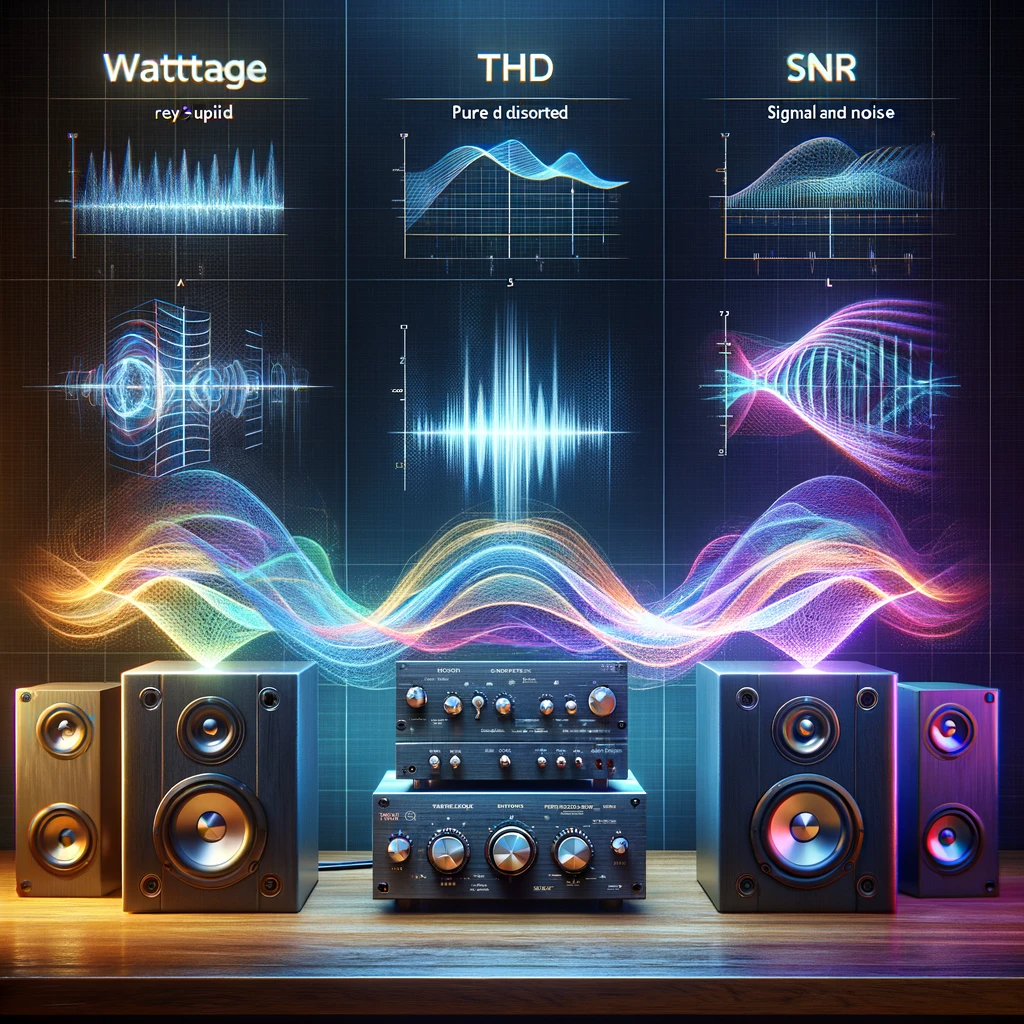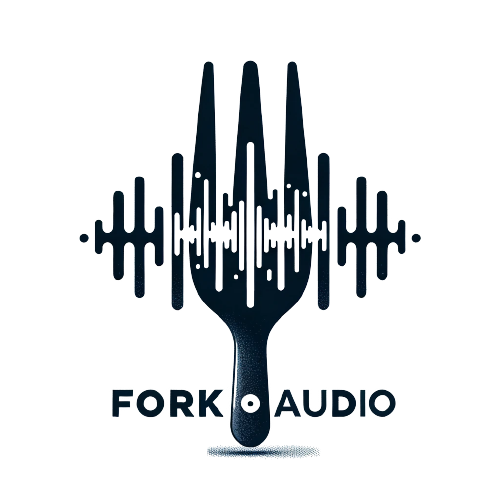Navigating the complex world of audio equipment can often feel like deciphering an ancient script. Among the various specifications, wattage, Total Harmonic Distortion (THD), and Signal-to-Noise Ratio (SNR) are pivotal in understanding an amplifier’s performance and compatibility with your audio setup. This comprehensive guide demystifies these terms, empowering you to make informed decisions that elevate your listening experience.

Wattage: The Power Behind the Sound
Wattage is arguably the most talked-about specification when it comes to amplifiers and audio equipment. It quantifies the power output of an amplifier, essentially indicating how loud it can drive your speakers. However, wattage alone doesn’t tell the full story. The interplay between an amplifier’s wattage and a speaker’s power handling capacity is crucial in achieving the desired audio quality without risking damage to your equipment.
A common misconception is that higher wattage equates to better sound quality. In reality, the key is to find an amplifier whose wattage aligns well with your speakers’ capabilities, ensuring they can handle the power without distortion or damage. It’s not just about volume but about delivering clean, undistorted sound even at high volumes.
Total Harmonic Distortion (THD): Purity of Sound
THD measures the fidelity of an amplifier by quantifying the distortion introduced to the audio signal. Expressed as a percentage, a lower THD means the amplifier produces a sound closer to the original recording, ensuring a purer audio experience. High-fidelity audio equipment typically features a THD of less than 0.1%, indicating minimal distortion and a clear, accurate reproduction of sound.
Understanding THD is essential for audiophiles seeking the utmost clarity and quality in their audio systems. While a lower THD is generally preferable, it’s important to consider it in conjunction with other specifications and the listening environment to determine its audible impact.
Signal-to-Noise Ratio (SNR): The Quest for Clarity
SNR measures the level of the desired signal (your music or audio content) against the level of background noise produced by the amplifier and other components. A higher SNR indicates a cleaner, clearer sound, with less audible hiss or static. SNR is particularly important in quieter, more nuanced recordings, where background noise can significantly detract from the listening experience.
When evaluating audio equipment, look for an SNR value that promises clarity and minimal interference. While a higher SNR is generally better, the perceptible difference becomes less significant beyond a certain threshold, depending on the listening conditions and content type.
Navigating the Soundscape: Practical Tips
Armed with an understanding of wattage, THD, and SNR, you’re better equipped to navigate the world of audio equipment. When selecting an amplifier, consider how these specifications align with your listening preferences, speaker characteristics, and room acoustics. Remember, the goal is not just to find the equipment with the best specifications on paper but to curate a setup that resonates with your personal audio journey.
In conclusion, wattage, THD, and SNR are more than just numbers on a spec sheet; they’re the keys to unlocking the full potential of your audio equipment. By understanding and considering these specifications, you can enhance your listening experience, ensuring each note and nuance is heard with the clarity and depth it deserves. Embrace these insights, and let them guide you toward a more informed and fulfilling audio adventure.
